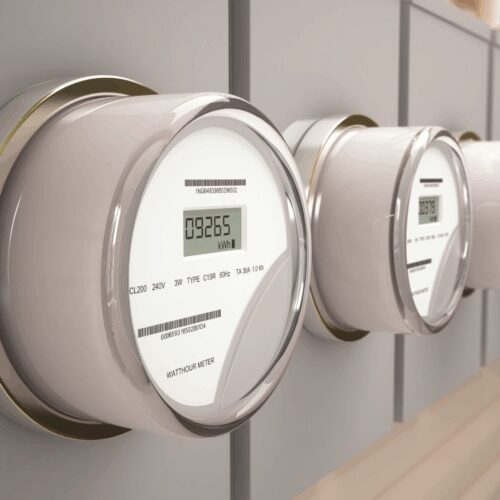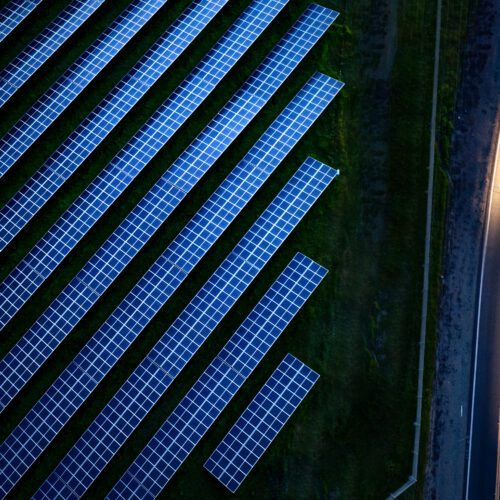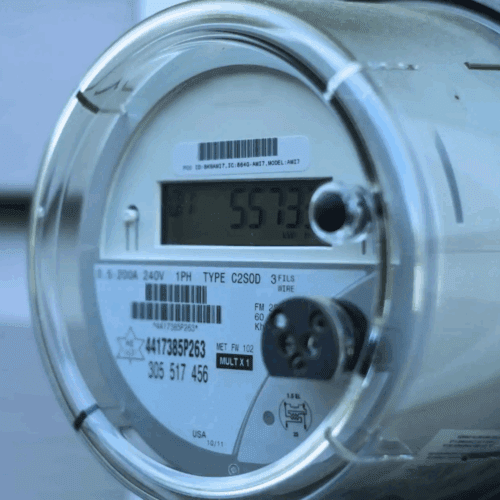How to Increase TOU Rate Adoption
Customer adoption of TOU rates will be a major measurement of utility success in the future.

Customer adoption of TOU rates will be a major measurement of utility success in the future.

Sign up for our magazine
The premier outlet for compelling storytelling around the innovators and innovations driving the clean energy transition.
The right marketing, education, and outreach strategy will increase TOU rate adoption.
Today’s electric utility executives face a litany of challenges. Addressing these challenges often requires pursuing seemingly conflicting objectives. For example, meeting clean energy mandates while simultaneously improving customer satisfaction.
To support the clean energy mandates, many utilities turn to time-of-use (TOU) rates, which is a demand response program where energy costs fluctuate depending on the time of day the energy is used. This rate structure provides incentives for customers to reduce energy use during times of peak electricity demand. By reducing electricity use during on-peak hours, the utility provider is able to better align system costs, shift loads, and integrate greater amounts of intermittent renewable energy.
However, even though half of U.S. utilities offer TOU rates and they are available to 64% of U.S. residential customers, only 7.3% of customers are enrolled. This implies that either utilities are afraid to market these rates to their customers, or customers are rejecting them in favor of flat rate pricing.
In either case, the implication is that improving customer satisfaction is difficult to achieve with TOU rates.
How Utility Companies Can Improve Adoption of TOU Rates
Despite a few examples of high profile “opt-out” TOU programs, most TOU programs require customers to voluntarily opt-in to these electricity rates. Due to limited utility marketing, there exists a lack of awareness of the rate offering. Meanwhile, for those that are aware, concerns about negative bill impacts have kept enrollment rates low.
Understandably, customers who use electricity during peak times may be wary of peak pricing. To improve customer experience and encourage adoption of TOU rates, it’s important to help end users better understand how their energy consumption habits will translate to their bill.
Without extensive marketing, education, and outreach, many customers will remain unaware of the rate offering and potential bill savings, leaving utilities challenged to meet these related objectives.
Marketing, Education, and Outreach (ME&O) Strategies
Utilities need to develop a marketing, education, and outreach (ME&O) strategy to ensure that customers understand TOU rates, how they impact their energy bills, and how behavior changes can help lower their bill.
This is particularly important as the world experiences an energy transition from fossil-based fuels to renewable resources, and as distributed energy resources (DER) enable a shift away from complete reliance on power plants. Smart meters and TOU rate plans help improve energy efficiency, reduce emissions, and increase clean energy on the electric grid.
An ME&O strategy begins with creating personalized rate comparison analyses. Utilities can calculate hypothetical bills for their customers by using each customer’s historic usage. A utility can, therefore, develop a comparative analysis of bill impacts, in dollars and cents, under TOU rates versus other rate offerings, even shadow billing.
To ensure that customers understand how they can benefit from TOU rates, an ME&O strategy will need to describe opportunities to save money by load shifting to off-peak periods. Customer understanding of lower charges at off-peak hours leads to behavioral changes such as running dishwashers later, scheduling electric vehicles (EVs) for overnight charging, and resetting smart thermostats to generate electricity bill savings.
To be effective, the utility will have to provide the information on its TOU rate via multiple engagement channels. Utilities can engage customers with direct mail marketing efforts, providing personalized bill impacts inserted into the customer bill.
Customer energy or web portals may provide an online rate comparison analysis, and key account management and CSR bill analysis tools can provide customers real-time insights into how rate enrollment or participation in other energy programs or new rates impact their bills.
With ubiquitous e-commerce ecosystems, most utility customers are accustomed to using self-serve mobile apps and web-based portals. By providing information of new time-of-use rates and energy saving tips to customers via self-serve tools, customers can both learn more about reducing energy costs and enroll in the TOU rate on their own.
A Strategic Asset to Enable ME&O Strategies
To enable the above components of an ME&O strategy, utilities need to invest in an enterprise rate engine (ERE). An ERE is a highly scalable and high-speed rating (or billing) engine that can shadow the utility’s CIS system and generate millions of personalized “what-if” bills and rate comparisons for customers.
To ensure customers make the best decisions, and that those hypothetical bills are accurate, the ERE is calibrated against the CIS to ensure that it can reproduce bills with penny-level accuracy.
In addition to supporting the need for customers to see their personalized analysis through the variety of engagement channels described above, an ERE also generates analysis results for the entire customer population. For TOU program managers this macro view of their customers is essential to driving the content and outreach strategies of their ME&O strategy.
With a full population analysis available as a data set, TOU program managers can quickly determine which customers are structural “winners” and “losers” on the TOU rate.
The analysis can be further segmented for targeted marketing efforts focused on any number of attributes or bill impacts. For example, one marketing message might target customers that are close to break-even on the new TOU rate to tell them how they could lower their bills with small changes to their behavior.
Another message could focus on certain customer groups such as low-income customers or customers in certain geographical areas of the utility service territory.
Southern California Edison (SCE), for instance, has invested in an Enterprise Rate Engine and leverages it to communicate with customers across multiple engagement channels. Below is a screenshot from its “MyAccount” webpage that utilizes the rate comparison analysis to provide customers financial insights into bill impacts of offered rate designs.
This strategy has shown to be incredibly successful. For example, between 2017 to 2019, SCE saw an almost 400% increase in customer log-ins and lower customer TOU opt-out rate.
Previously, SCE had seen 12% of its 400,000 residential customers opt-out during a TOU pilot. Since the transition to this personalized self-serve rate comparison toll, the opt-out rate dropped to only 3%.

Figure 1: Rate comparison Analysis for www.sce.com
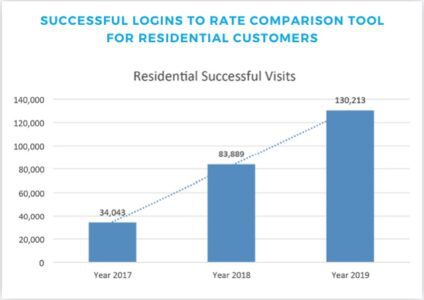
Figure 2: SCE saw an almost 400% increase in number of customers logging into its residential rate comparison tools in 2019 relative to 2017.
Looking Ahead
With the growing need to integrate greater and greater amounts of intermittent renewable energy on the grid, the need for TOU rates is only accelerating. Customer adoption of TOU rates will be a major measurement of utility success in the future.
In this world, effective ME&O strategies are imperative. EREs are strategic assets that are rapidly becoming a necessity for Running a Utility.
For more, read: The Power of Price, Trend 7.
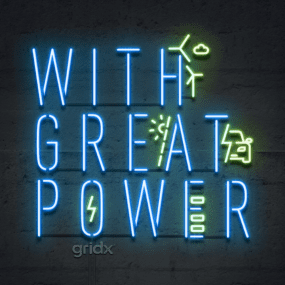
The Complex Puzzle of Rate Design
Duke Energy’s Lon Huber talks about balancing innovation with reliability and customer needs.

